My Go-To Plants for a Stunning, Low-Water Garden
I’ve spent a long, long time designing gardens, often in places where the summers are scorching hot and rain is more of a pleasant surprise than a regular event. For years, my clients would hand me photos of lush, green English cottage gardens, and my heart would sink a little. They wanted that look, but they had heavy clay soil and the water bills to prove it. Honestly, it felt like we were constantly fighting nature.
The real shift for me happened on a project in a ridiculously sun-baked valley. The homeowner wanted something that looked amazing all year without being a slave to the hose. That’s when I went all-in on plants from Mediterranean-style climates—think coastal Italy, Greece, or parts of California. These are regions that share our pain: long, dry summers and mild, wet winters. The plants that thrive there are literal survival experts.
This isn’t just a list of pretty flowers. These are the workhorses, the foundation plants I count on to create a garden that’s both gorgeous and smart. We’ll go through the exact ways I plant and care for them, based on plenty of successes and, let’s be real, a few mistakes along the way.
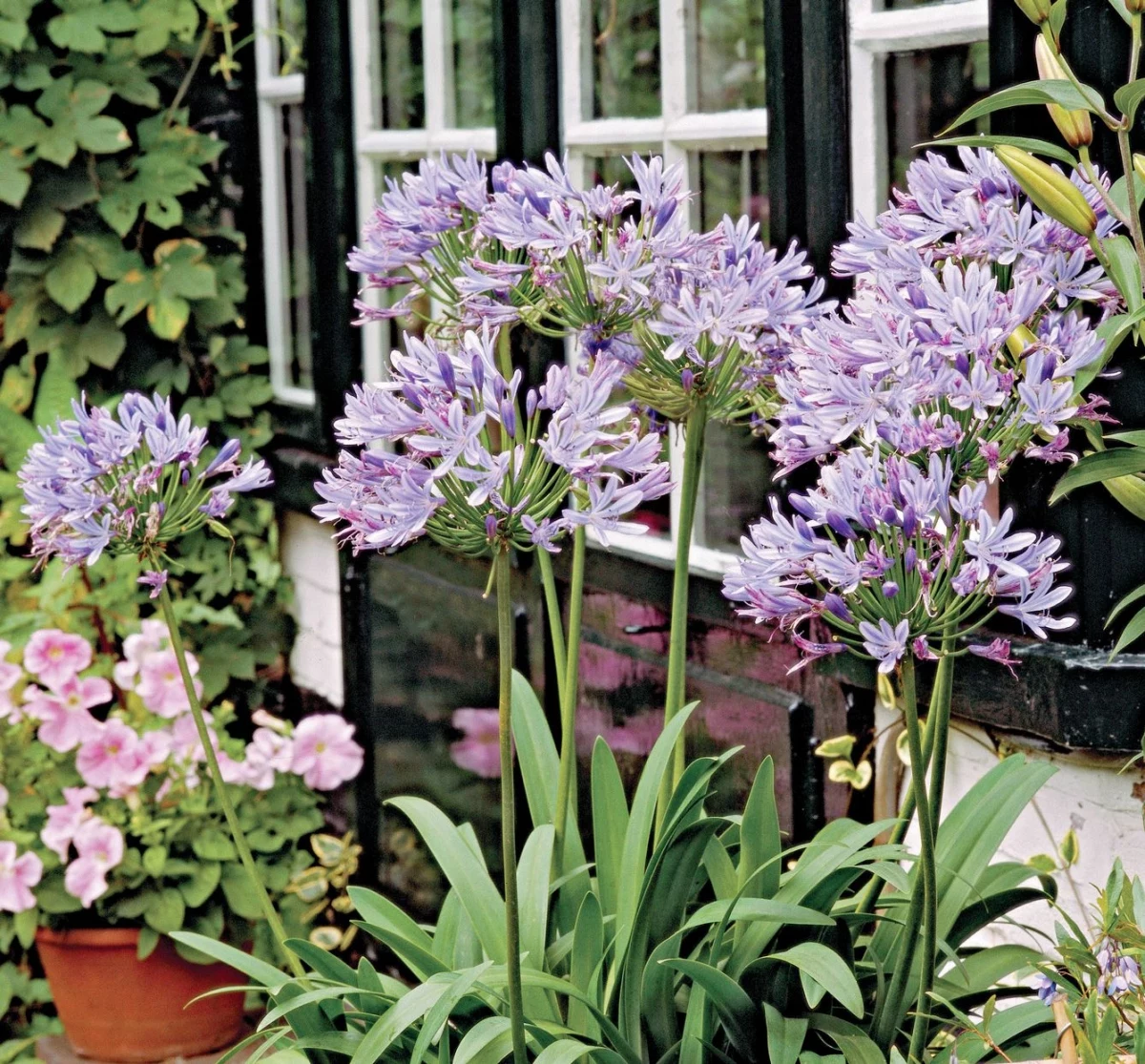
First Things First: Why a ‘Dry Garden’ Even Works
Before you even pick up a shovel, it helps to understand the ‘why’ behind these amazing plants. They have some seriously clever tricks up their sleeves to handle heat and drought. Many, like Rosemary, have tiny, needle-like leaves. This is just basic physics: less surface area means less water escapes into the hot air.
Others, like Olive trees and Lavender, rock that trendy silvery-gray foliage. That light color literally reflects sunlight, acting like a natural sunblock to keep the leaves cool. A lot of these silvery plants also feel a bit fuzzy to the touch. Those little hairs trap a microscopic layer of moisture right against the leaf, shielding it from drying winds.
But the most important part is what’s happening underground. Heads up, because this is the single most critical part: these plants despise having wet feet. Their native soil is usually rocky or sandy and drains in a flash. If you plant them in typical heavy clay garden soil, our winter rains will drown their roots, leading to root rot. And once root rot takes hold, it’s pretty much game over. Get the drainage right, and you’ve already won half the battle.
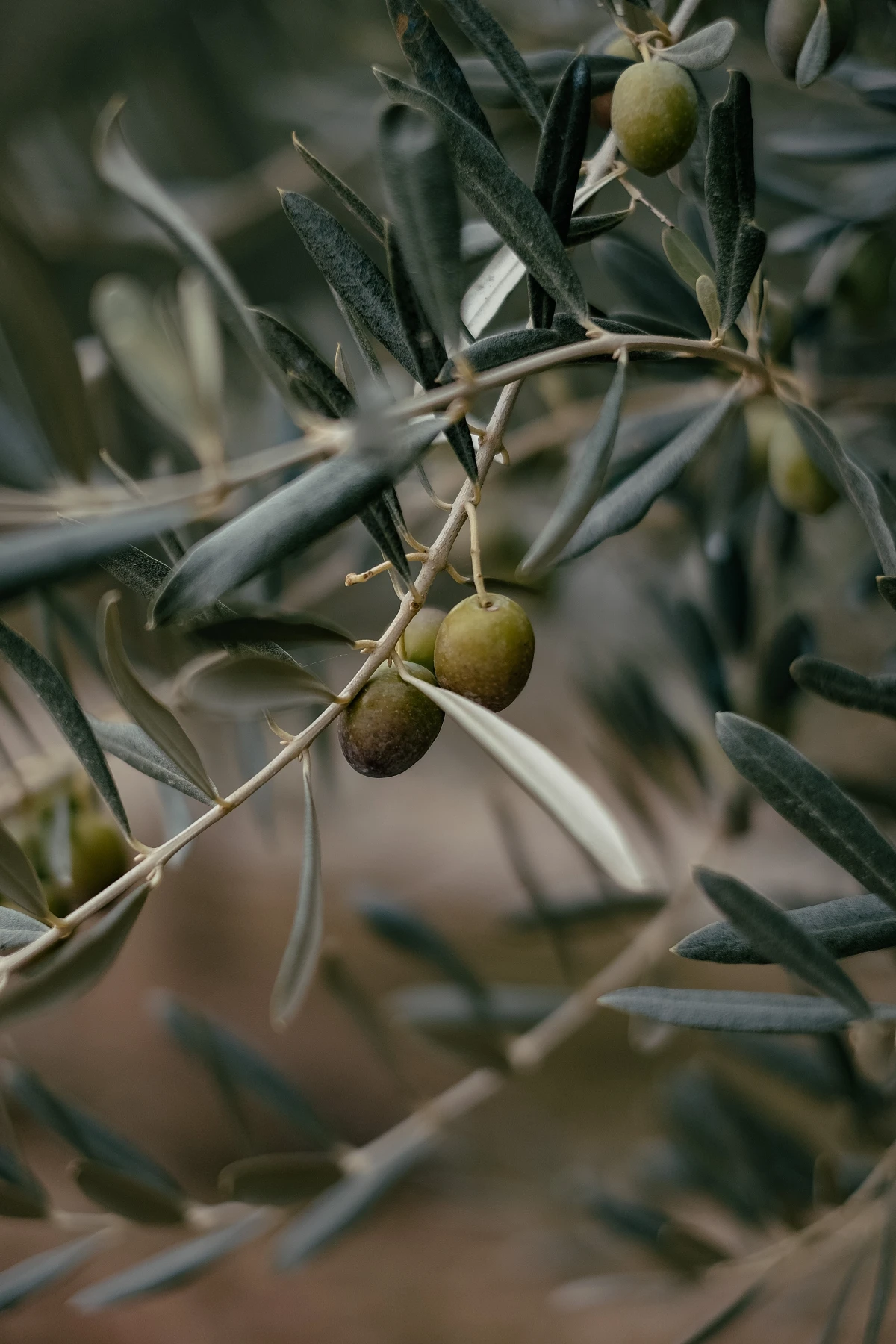
A quick tip for clay soil: Don’t just dig a hole and fill it with nice soil; you’ll create a
Galerie d’inspiration
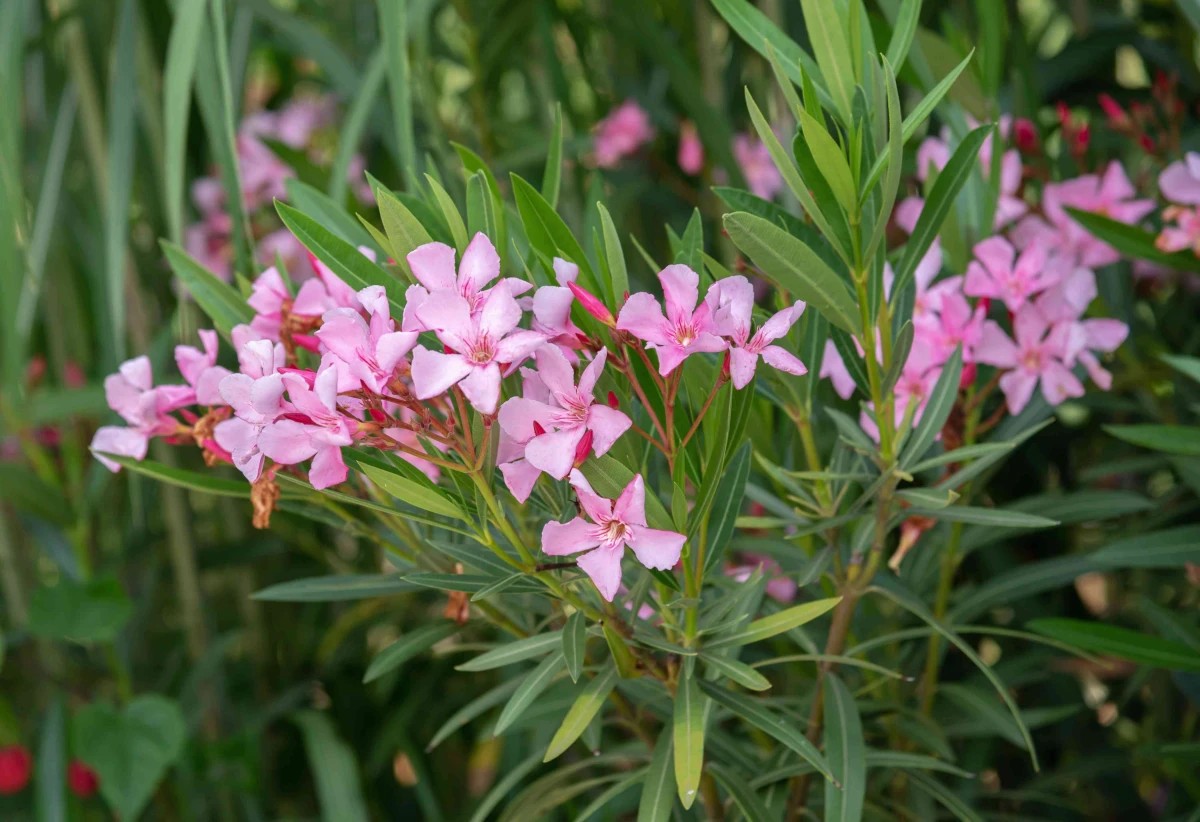
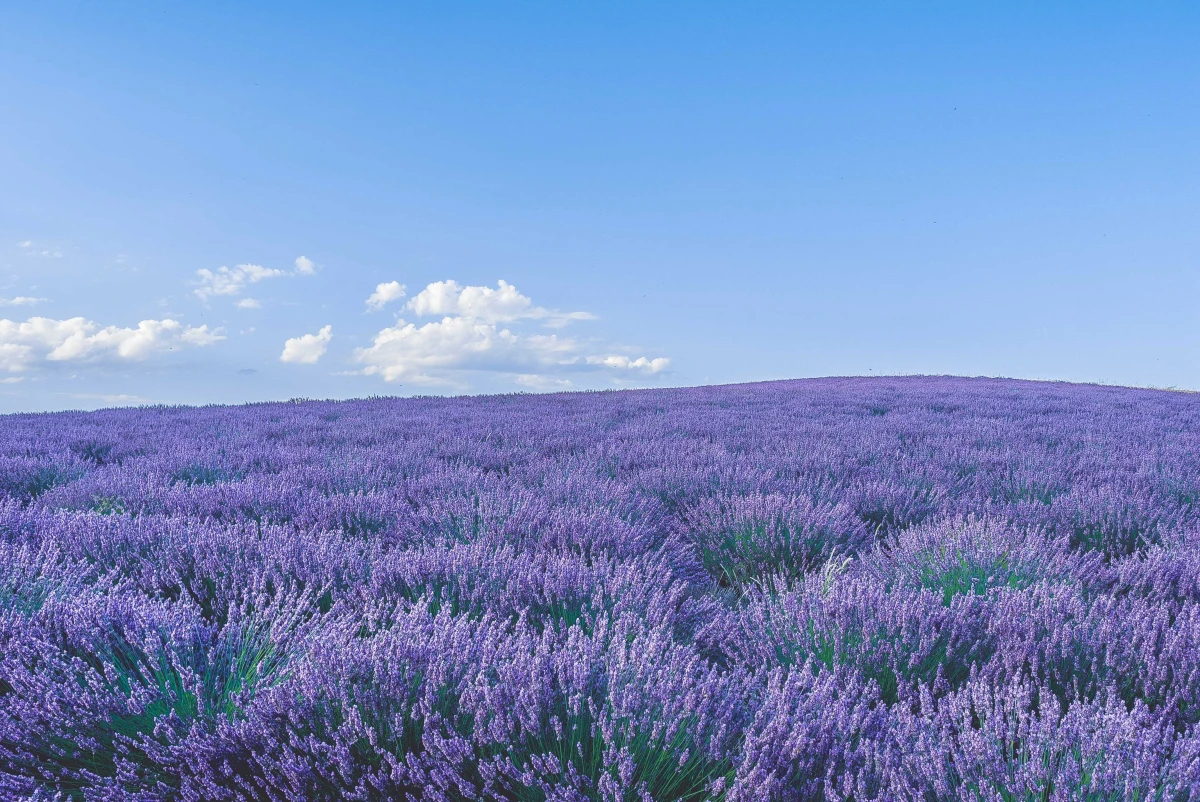
Creating a painterly effect is all about combining textures and forms. Think of it as choreographing a dance between your plants. Here are some no-fail Mediterranean pairings:
- Spiky & Soft: The architectural blue blades of a Festuca glauca ‘Elijah Blue’ grass look incredible planted in a sea of soft, mounding Silver Thyme.
- Bold & Airy: Combine the large, dramatic globes of Agapanthus (Lily of the Nile) with the delicate, see-through wands of Gaura lindheimeri ‘Whirling Butterflies’. The contrast is stunning.
- Silver & Purple: A classic for a reason. Pair the bright silver foliage of Cotton Lavender (Santolina chamaecyparissus) with the deep purple flower spikes of Salvia nemorosa ‘Caradonna’.
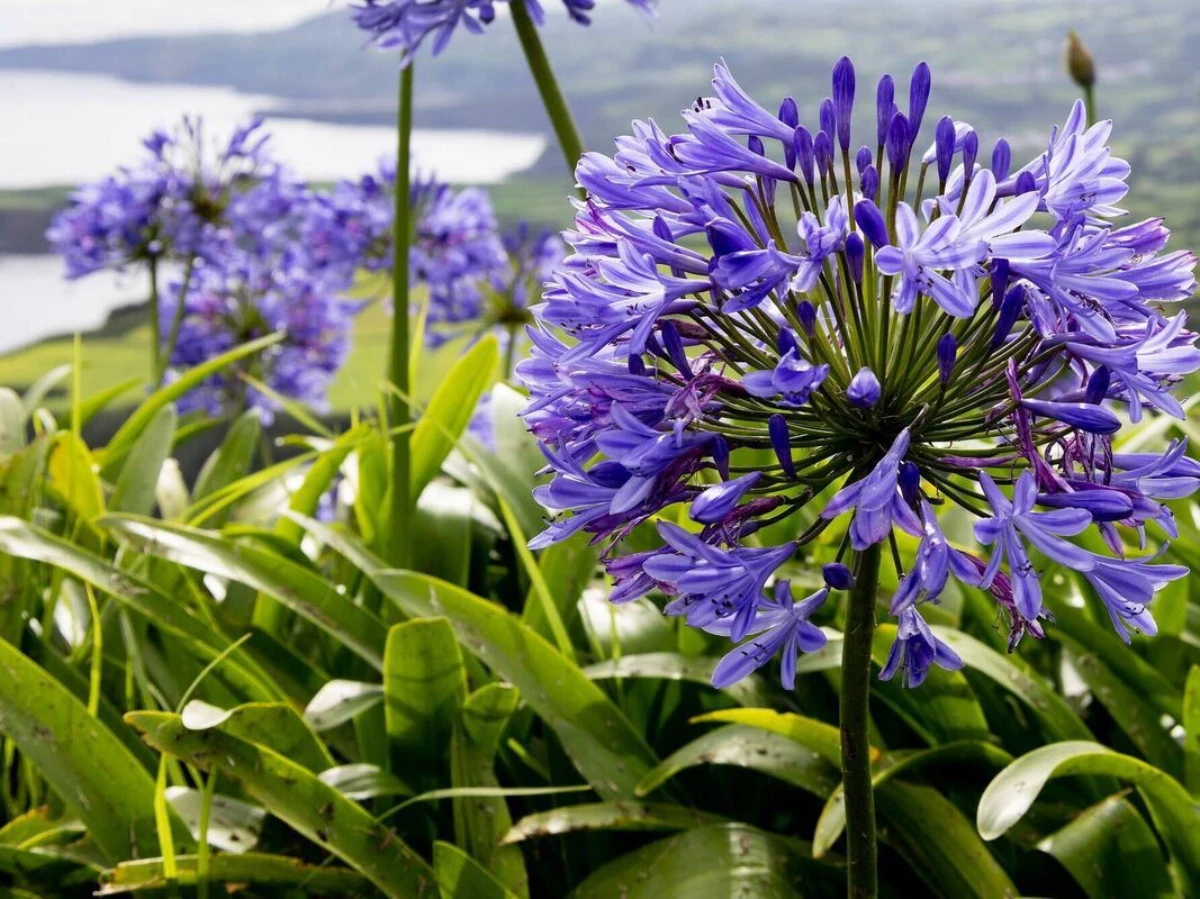
The fuzzy, silver leaves on plants like Santolina or Lamb’s Ear are a masterclass in survival. These tiny hairs, or trichomes, reflect intense sunlight and trap moisture close to the leaf surface, acting as a personal, built-in shade cloth and humidifier.
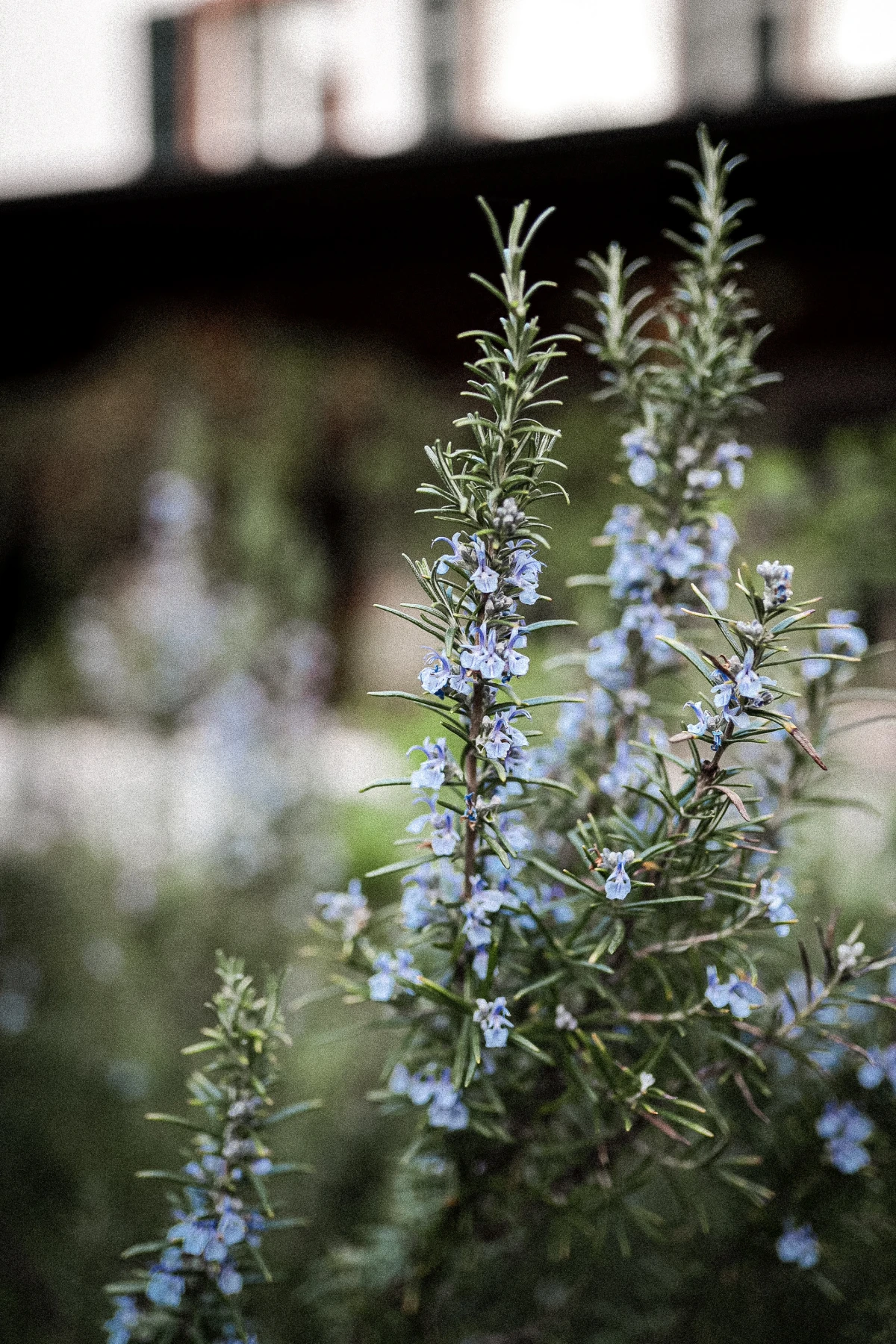
So they need less water, but how exactly should I water them once they’re established?
The golden rule is ‘deep and infrequent.’ Forget the daily light sprinkle; these plants have deep roots designed to seek out moisture. After their first year, you might only need to water deeply every 2-4 weeks during the hottest, driest part of summer. Always check the soil first: if it’s dry a few inches down, it’s time to water. This mimics the natural cycle of a dry summer followed by a soaking rain, which is exactly what they’re adapted for.
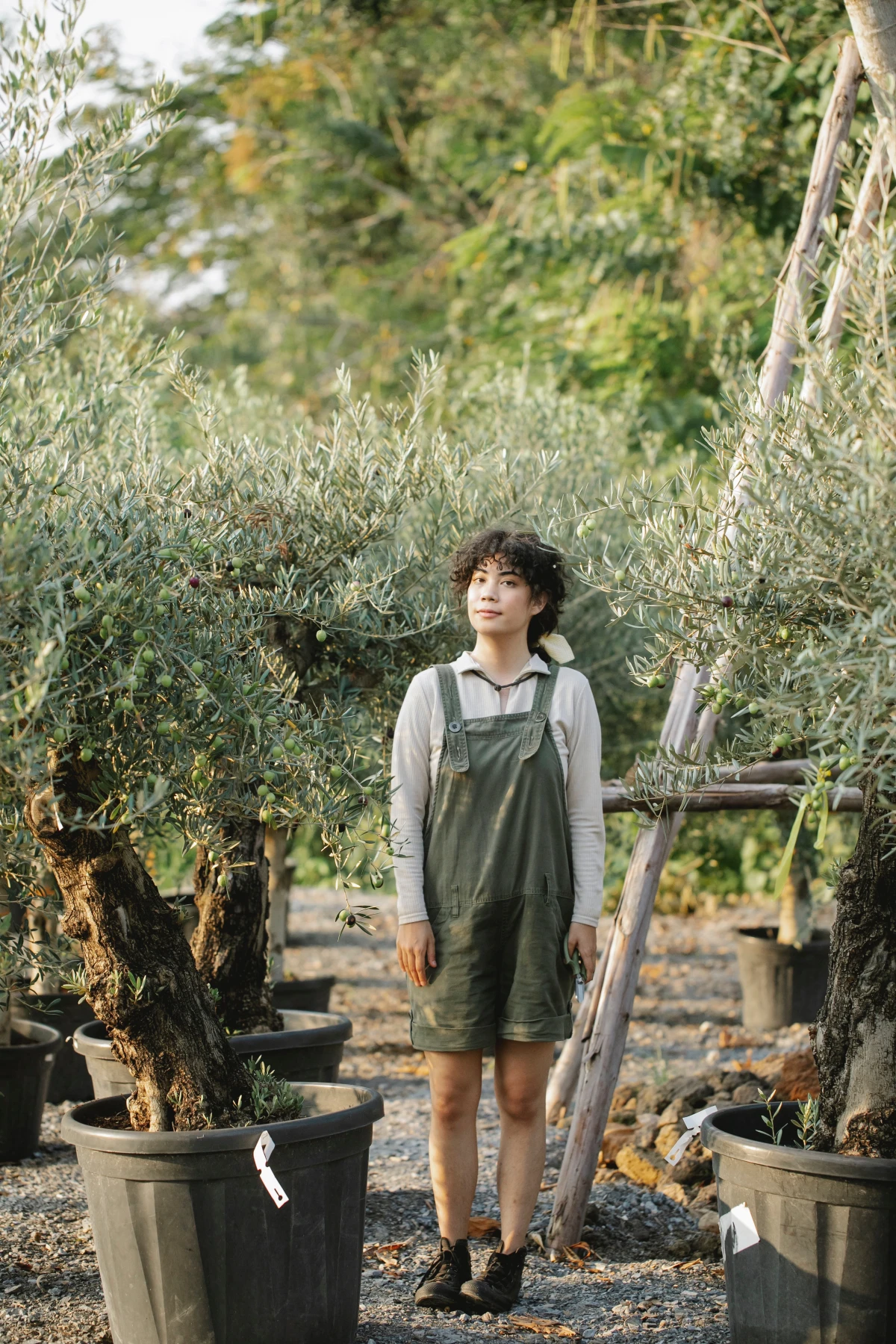
The secret is in the planting hole: For heavy clay soils, don’t just dig a hole and drop the plant in—you’ll create a

Organic Mulch (like bark): Tends to hold moisture against the plant’s crown, which can promote rot in drought-tolerant species. It also enriches the soil more than these plants prefer.
Mineral Mulch (like pea gravel or decomposed granite): The winning choice. It suppresses weeds, conserves soil moisture without getting soggy, and keeps the base of the plant dry, providing the sharp drainage these Mediterranean natives crave.
There’s a unique magic to a dry garden in the late afternoon sun. It’s a sensory experience. The heat releases the resinous, peppery scent of rosemary and the sweet, calming fragrance of lavender. You’ll hear the low hum of happy bees, drunk on nectar from Salvia and Oregano flowers. It’s not about lush green, but about the rich tapestry of silver and grey foliage and a feeling of resilient, tranquil beauty.










